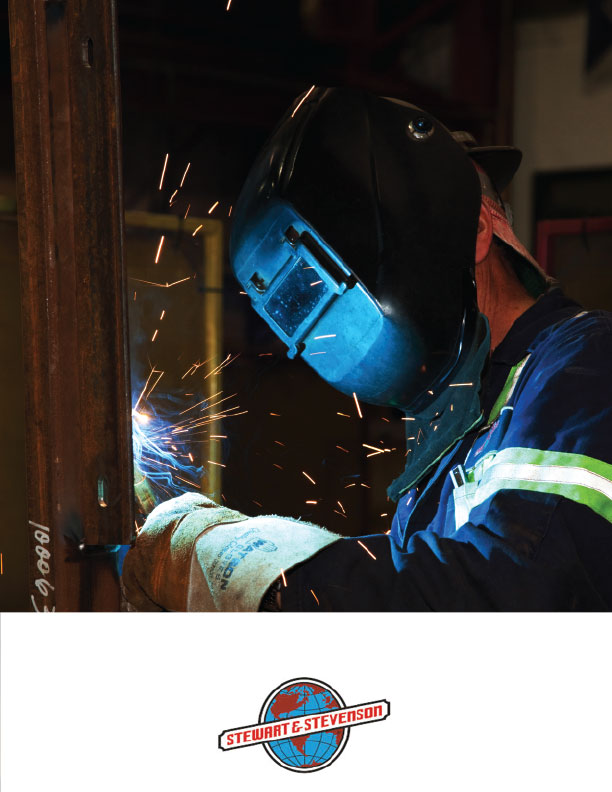Committed to Design Excellence

A leader in architectural and urban design, Baird Sampson Neuert Architects is an award-winning firm based in Toronto, Ontario. Founded in 1972 by George Baird, the firm quickly gained a reputation for its commitment to design excellence, creative research, and integrated approaches to urban design, architecture and landscape. In 1982 and 1998, the firm expanded with the involvement of Barry Sampson and Jon Neuert as principals, respectively. The practice was recognized by the Royal Architecture Institute of Canada’s national “firm award†in 2007 as a result of its track record of high level design and contributions to architecture, culture and education.
Over its 43 year history, Baird Sampson Neuert (BSN) has created an award-winning portfolio of projects for both public and private sector clients. Its architectural and urban design projects include research centers, conservatories, museums, libraries, waterfront centers, educational facilities, a wide range of housing projects, as well as public parks and urban squares.
As an early innovator of urban design in Toronto, the firm was responsible for the creation of the City’s first urban design and development guidelines. Since then, BSN has undertaken urban design projects for communities across Canada and the U.S .including Vancouver, Regina, Winnipeg, Kingston, Stratford, Oshawa, Etobicoke, Mississauga, Aurora, St Louis. In Bloomfield Hills Michigan, the firm completed master planning and programming work for the internationally significant Cranbrook Educational Community, which is listed on the National Historic Registry. Within the Greater Toronto Region, the firm has completed high-profile urban design projects that include Cloud Gardens Park and Ann Tindal Park at Harbourfront, as well as master planning for the Royal Botanical Gardens and Toronto Brickworks.
“Our design approach is highly collaborative and uses an integrated design team approach†says Principal Jon Neuert. This begins with strong communication between the firms’ Principals and clients, the larger subconsulting team, as well as their staff of 10. “We’re organized to enable a high level of partner involvement in every project, which is one of the characteristics of our work, our approach to staffing, and interaction with our clients.”
Open communication is a well-established principle within the firm itself. BSN is organized as a collaborative design environment, which lends itself to shared learning experiences and a team-oriented atmosphere.
“Our project delivery model is studio based,” says Neuert. “We’re not a corporate model subdivided into specialities – we establish core teams that extend from the beginning of a project through to its delivery. This maximizes continuity of understanding at each stage of project’s development and exposes our staff to everything from pre-design all the way through to contract administration.”
“It builds employee understanding both of what we’re trying to do as a firm, and what the relationship between design, contract drawings and construction means.” Neuert continues
“It also fosters a sense of ownership and engagement in the work that you don’t get from a more compartmentalized delivery model common to larger firms,” adds Barry Sampson, Principal of BSN. “It encourages people to be holistically engaged with the project, from client mission through to technical response, which is key to delivering excellence and holistic projects.”
In addition to their focus on building strong relationships with both clients and staff, BSN are just as focused on working cohesively with their suppliers and subcontractors, as Neuert says, “We work extensively with suppliers during the design phase of the project to troubleshoot technical issues, and to make sure that when we’re endeavouring to advance an area of innovation that it’s supported by the level of capability that exists in the industry. That’s another key aspect of our working method.”
“We work and collaborate with professionals who have a similar interest in creative design and commitment to excellence in results,” Neuert continues. “In addition to working with some of Toronto’s most creative engineering talent, some of our teams are drawn together from distant locations in response to unique project objectives. We work with Transsolar out of New York on a lot of our advanced sustainability projects, and have are currently working with consultants from the Prairies, to Quebec, and deep in the United States.”
Industry-Recognized Leaders
In their more than four decades of service, BSN have accumulated numerous awards and accolades for their projects. Including some of the most prestigious national awards such as three Governor General’s Awards in Canada, , and an American Institute of Architects Honour Award, which is similarly the highest recognition of design excellence in the U.S. On what award success represents for BSN, Sampson says, “Awards are significant because they are a peer-based evaluation in relation to other firms; they indicate whether we’re working at as high a level of design accomplishment as we intend. We submit for both technical and design achievement awards , because one of our objectives is to achieve high levels of system performance and integration,” explains Sampson.
“Innovation is core to our work,” says Neuert. “As a result, our work has been widely recognized by our peers in the form of awards. One of our most significant recent innovations, the Mission 2050 Agri-Ecology Campus for the University of Guelph, received the 2011 Royal Architecture Institute of Canada’s Innovation Medal. The innovative endeavour brings together a number of research areas and disciplines extending across agriculture, ecology and bio-engineering; BSN brought its longstanding focus on sustainability to the project. The project “mission” was the creation of a ‘closed loop resource recovery’ model that eliminates waste generation and fossil fuel energy consumption through a fully integrated approach to animal husbandry, nutrient cycling, novel co- product development, and bio-based renewable energy. It was a very intensive project, we had leading experts from all across North America working with us on that project, including core research expertise in animal agriculture systems from the University of Guelph.”
At the 2014 Canadian Green Building Awards, which recognize the most exemplary sustainably-design projects in Canada, BSN was recognized for its work on the Goldcorp Mining Innovation Suite.
Opportunistically sited within unused attic space of University of Toronto’s historically designated Mining Building, the project synthesizes heritage resources and state-of-the-art sustainability concepts systems to create a high performance environment for collaborative learning and mentoring. The new studio accommodates 100 undergraduate engineering and 24 graduate students which is organized below the heavy timber structure of the existing attic which has been preserved and celebrated through the ‘new’ interior. Despite major constraints related to the conservation needs of the building’s heritage masonry construction, the project achieved a 62% reduction in energy use intensity and addressed aggressive ‘2030 Challenge’ energy reduction goals.
While introducing new space and advanced sustainability systems to demonstrably improve energy efficiency, a fundamental requirement of the project was preservation of the architectural integrity of the significant heritage structure. BSN is particularly proud of how the building achieves this goal, while also bringing a new icon of contemporary design to the campus in the form of a stunning roof top conference space that has commanding views that extend across to campus and to the city beyond.
The Future
On the horizon for BSN is a range of high performance projects including a major expansion to York University’s world renowned Schulich School of Business which will showcase collaborative modes of research innovation and the school’s commitment to sustainable business practices. Far to the north in Yellowknife, BSN is designing the Eco-Housing Project with a local firm and municipal leaders with the goal of creating affordable low- energy housing. “Eco-Housing will establish a new standard for northern multi-unit housing,” says Neuert. “It’s carbon neutral and we believe will have the lowest energy footprint of any northern multi-unit housing in North America and Europeâ€. Other current work includes the “Green Heritage Renewal†of University of Toronto’s historic Hart House, new horticultural research facilities for the Vineland Research and Innovation Centre, and new experiential learning opportunities for the Canadian McMichael Art Collection.
On what sets Baird Sampson Neuert Architects apart from their competition, Sampson stressed the integrated project approach that seamlessly brings together urban design, architecture, site and landscape to realize sustainable projects and communities. “We look at projects from a perspective that integrates the project at the most holistic level,” Sampson explains, “from urban design and environmental aspects, to social dimensions of community and place.”
“We really provide a hands-on partner driven relationship that explores the project in a way that’s fundamentally more connected to client values and aspirations than from a corporate delivery model.â€







